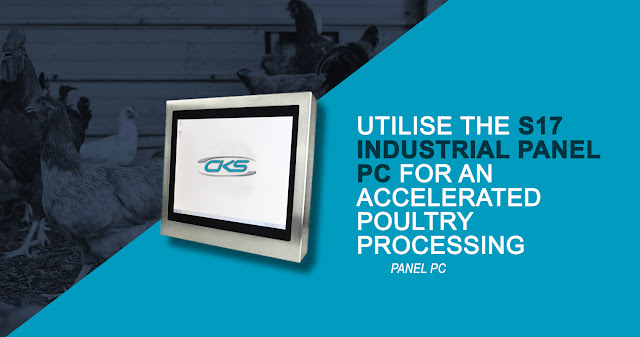Projected Capacitive Touch Technology Makes its Way to Your Hospitals
Since the advent of smartphones and interactive netbooks, other industries are influenced to incorporate a touch interface in their devices, including the healthcare industry. Now, devices and products that used to have keypads are being replaced with touch panels not only to achieve a leading-edge look but also to improve efficiency and reduce costs.
Amid the different types of touch panels available, projected capacitive touch panels are the top-selling form, with experts predicting that projected capacitive shipments will account to the majority of all touch screen revenues. Unlike other forms of touch panels, projected capacitive touch technology is an ideal material for hospitals and healthcare providers in several ways.
Less Susceptible to Drift Problems
With resistive touch panels, users often experience instances wherein the system registers touch at a location other than the finger is actually placed. Such a problem is a major drawback for medical devices, especially during instances of physicians depending on touching the screen multiple times to ensure patient safety.
PCAP touch panels, on the other hand, does away with these drift problems. Since its glass ITO substrate wouldn't change over time, the reported finger position would remain the same.
Withstanding Harsh Chemicals
Medical devices tend to accumulate dirt, debris, and germs from everyday use. Operators need not to worry about using harsh chemicals to effectively clean these devices, as PCAP touch panels are designed to withstand these. Users may even operate a device while keeping their gloves on.
When it comes to manufacturing medical devices, considering human factors can mark the difference between patient safety and life-threatening mistakes. The touch interactivity offered by projected capacitive touch panels allow great flexibility in incorporating enhanced human factors in operating these medical devices.
Source:
The power of touch: How projected capacitive touch panels enhance medical devices, Medical Design Briefs
Projected-capacitive touch panels: Coming to a hospital near you, ECNMag.com
Amid the different types of touch panels available, projected capacitive touch panels are the top-selling form, with experts predicting that projected capacitive shipments will account to the majority of all touch screen revenues. Unlike other forms of touch panels, projected capacitive touch technology is an ideal material for hospitals and healthcare providers in several ways.
Less Susceptible to Drift Problems
With resistive touch panels, users often experience instances wherein the system registers touch at a location other than the finger is actually placed. Such a problem is a major drawback for medical devices, especially during instances of physicians depending on touching the screen multiple times to ensure patient safety.
PCAP touch panels, on the other hand, does away with these drift problems. Since its glass ITO substrate wouldn't change over time, the reported finger position would remain the same.
Withstanding Harsh Chemicals
Medical devices tend to accumulate dirt, debris, and germs from everyday use. Operators need not to worry about using harsh chemicals to effectively clean these devices, as PCAP touch panels are designed to withstand these. Users may even operate a device while keeping their gloves on.
When it comes to manufacturing medical devices, considering human factors can mark the difference between patient safety and life-threatening mistakes. The touch interactivity offered by projected capacitive touch panels allow great flexibility in incorporating enhanced human factors in operating these medical devices.
Source:
The power of touch: How projected capacitive touch panels enhance medical devices, Medical Design Briefs
Projected-capacitive touch panels: Coming to a hospital near you, ECNMag.com

Comments
Post a Comment